Link to catalogue here
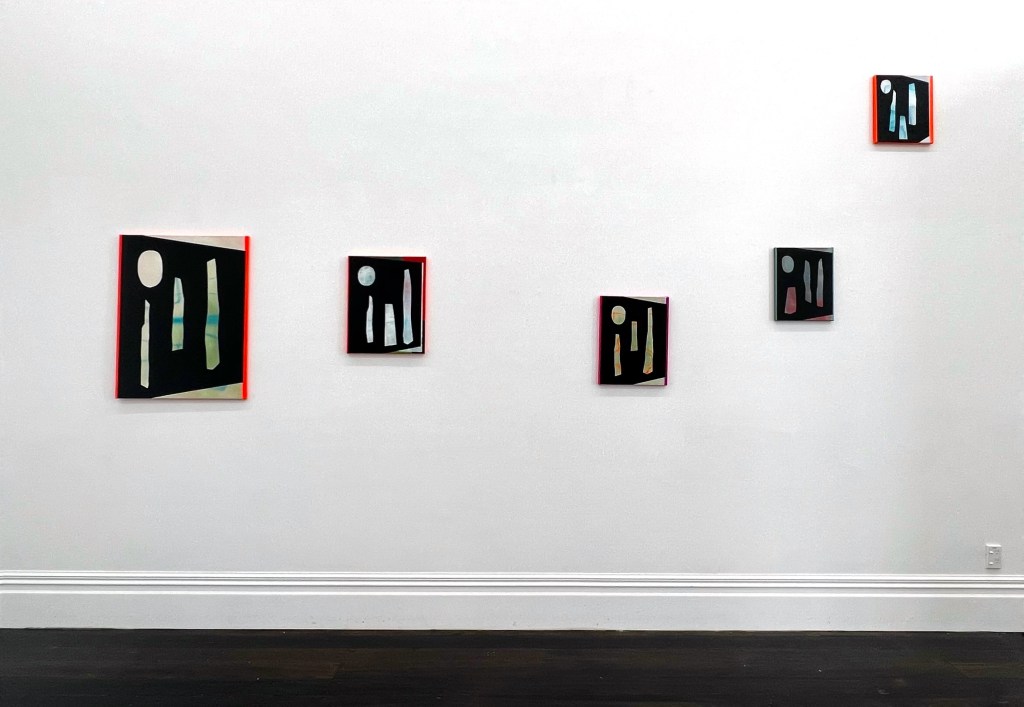
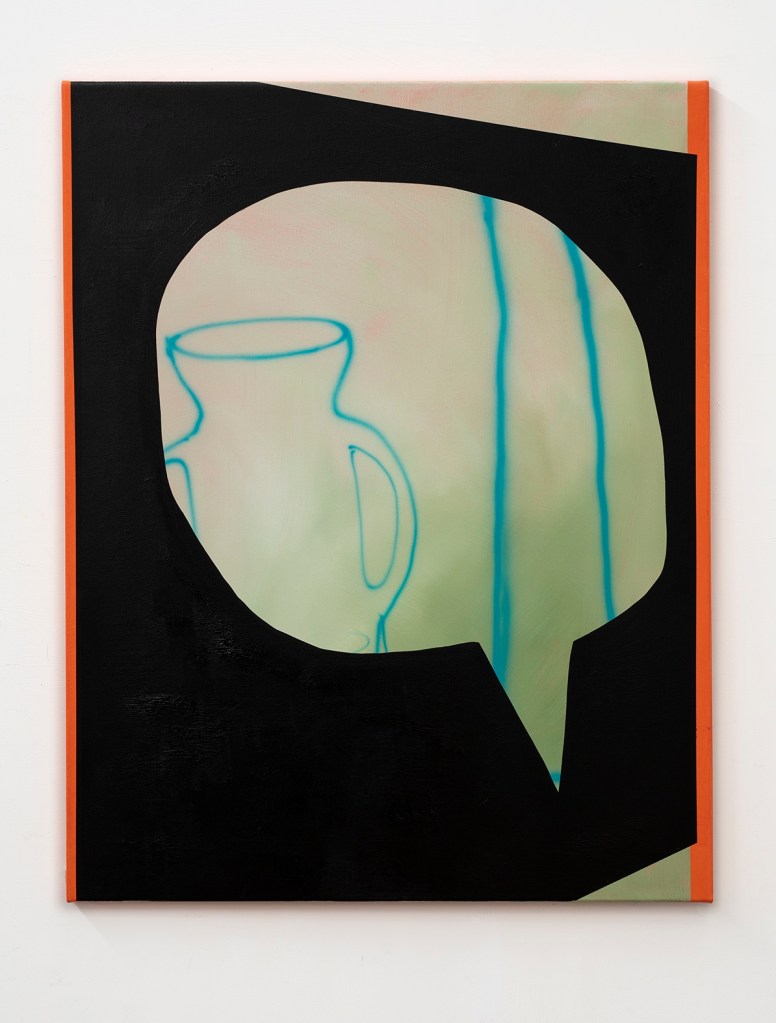
Longing
66 x 84cm
Acrylic, airbrush and oil on canvas
2022

36 x 46cm
Acrylic, airbrush and oil on canvas
2022

38 x 51cm
Acrylic, airbrush and oil on jute
2012-23

50 x 60cm (Framed)
Acrylic and oil on linen panel
2022
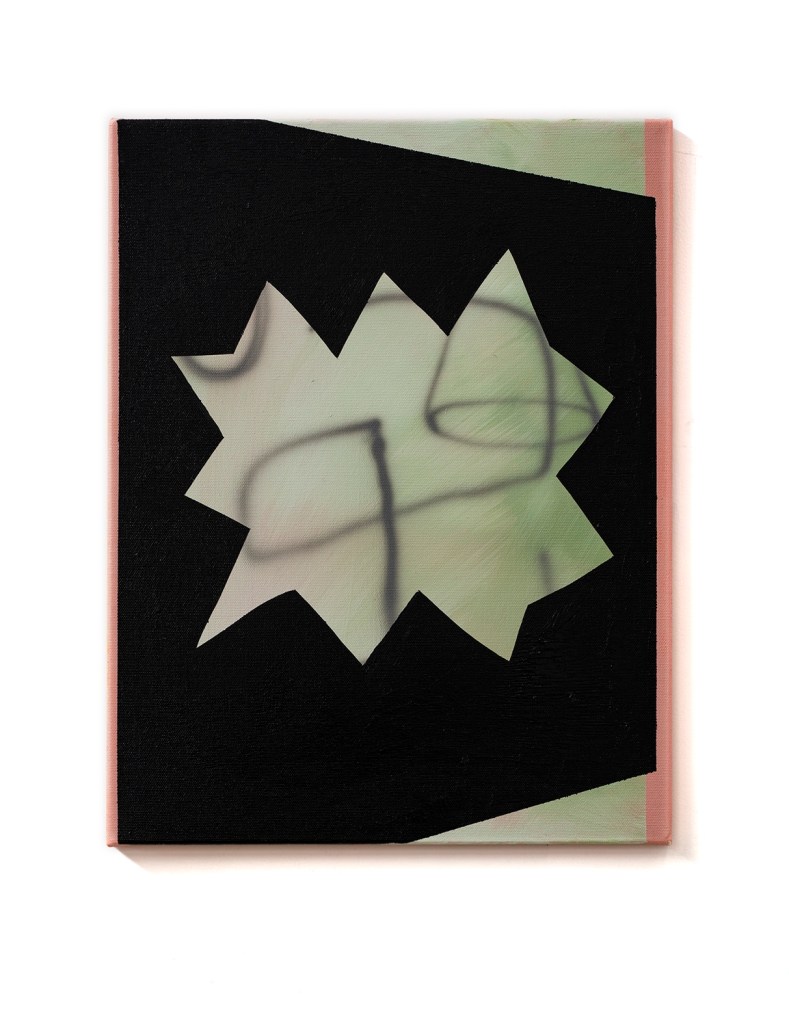
36 x 46cm
Acrylic, airbrush and oil on canvas
2022

36 x 46cm
Aerosol, acrylic, airbrush and oil on canvas
2022

28 x 36cm
Pigment acrylic and oil on canvas
2022
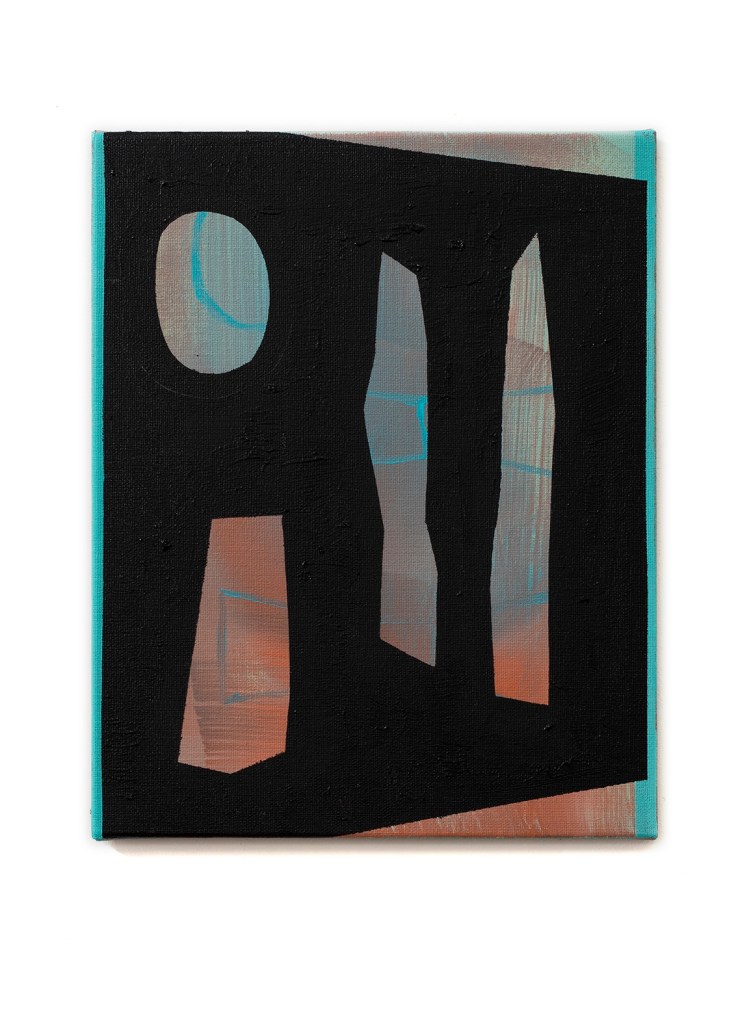
30 x 38cm
Acrylic, and oil on linen
2022

31 x 38cm
Acrylic, airbrush and oil on canvas
2023
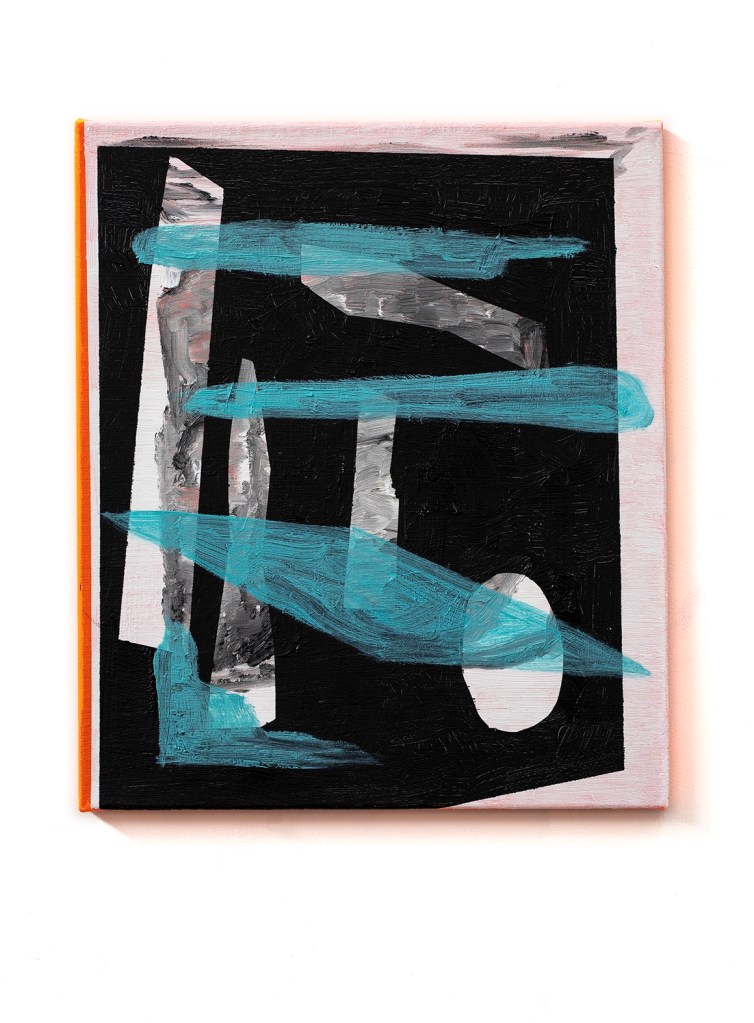
31 x 36cm
Acrylic and oil on canvas
2023

38 x 51cm
Acrylic and oil on jute
2012-23

66 x 84cm
Acrylic, airbrush and oil on canvas
2022

38 x 51cm
Acrylic and oil on canvas
2022

31 x 36cm
Pigment, and oil on canvas
2022

40 x 50cm
Pigment and oil on canvas
2022


“We are not Strong Enough for Rivers and Stars” is the 3rd iteration of a body of work that explores the entanglement of the Covid-induced encounter with a world of isolation, and a different solitude produced by a physical condition that limited my movement.[1] I felt I both shared and was lost in a collective reflection on the failing promises of a stable world, the sense that all was all coming apart. Minds were both elsewhere and here concurrently.
I found solace in fiction, in books and in audiobooks. I listened to Haruki Murakami, to Paul Auster and Arundhati Roy, and to Donna Tartt, to John Steinbeck and to Fyodor Dostoevsky. I found structure, or a reconstruction of differing forms of visual language in the word. The more I listened the more these things gave up their secrets.
I listened for hours at a time, lying on my back, slipping in and out of sleep, or in the world that had been made quiet by the limitations of Lockdown. I became aware of the volume of things that I didn’t know or couldn’t see. Images swarmed and dissipated; things seemed connected and then ambiguous, problematic and playful. The linear habit of the world of things was overtaken with images that hid as much as they revealed. I felt that everything had a right to opacity and unknowability, and that in a cohesive visual language, such as painting, a neologism of sorts was necessary to unravel this understanding.
I played out endgames in the painting that I could not make, that might not be seen, that might never exist. I developed projects and ideas totally within the frame of the mind. To paint at all required a collaboration with this new modern fatigue that erased the body, challenged structures and histories, and destabilised hierarchical thought patterns and progression. It was as if the burden of these times had become a physical malady.
Allan Smith once wrote: “Painting has always occupied a space between the material and the idea, the sensible and the immaterial…. a painting is like a membrane, access-panel, hinge, skylight, fairy fabric, and dream screen….here and elsewhere.”[2]
I saw connections, the disassembling rather than deciphering of passage (be it language or paint) and a contestation between the making and decoding of the same experience in paint. An entwined or disassembled body, a figuration, began to populate the paintings. This was acknowledged after the making, slipped into the surface as a vertebrae shape of two entwined bodies (in The Promise … and The Fall) or, the erect book like reflected page (in Sullivan’s Objects). I found that the language that I had previously used for painting was now truncated and riddled with the intangible visuality of books.
Seen together, these connected but separate shows move through time, an exploded narrative of the current historical situation of sorts. From an abstract thought to an optical argument, a poetic monument, where the peripheral accessory of painting proposes something else again.
This exhibition is like misremembering a thing of the world, which in turn forces sensation and experience to re-imagine it. It records a vulnerability both autobiographical and a reflection of the constant unknowability of things.
Michael Greaves Feb 2023.
[1] The Promise…and the Fall, Olga Gallery, 2022; Sullivan’s Objects, Five Walls Gallery, 2022
[2] Allan Smith, ‘Necessary Distraction: A Painting Show’ (Auckland Art Gallery Toi o Tamaki, 2016)
